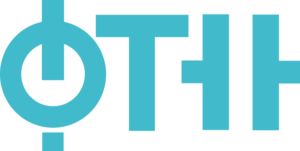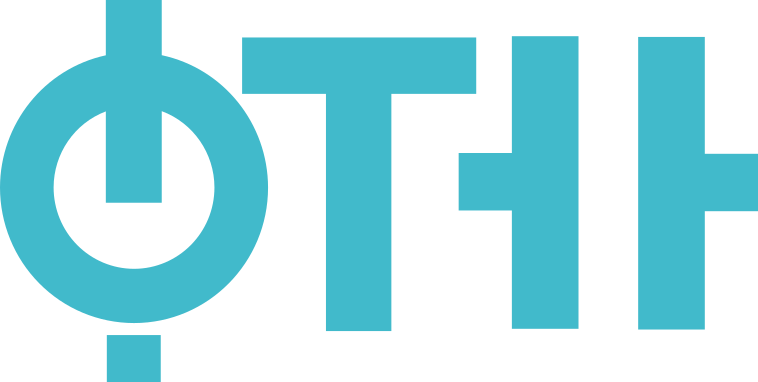Subject: Biomechanics (17.BMI127 )
Native organizations units: Chair of Technical Mechanics
Study programmes of the course:
| Type of studies | Title |
|---|---|
| Undergraduate Academic Studies | Technical Mechanics and Technical Design (Year: 3, Semester: Summer) |
| Category | Scientific-professional |
| Scientific or art field |
|
| ECTS | 7 |
To understand biomechanics as development, generalization an application of mechanics in the analysis of biosystems, that are due to their multifunctional features and more complex forms, more complex then technical, all that for the purpose of understanding both normal and pathological states and improvement of diagnoses and treatment of both injuries and illness; to understand basic notions, definitions and usage of analytical mechanics in problem posing and problem solving tasks in the framework of biomechanics; to develop abilities and skills related to applications of contemporary mathematical tools and information technologies in problem solving.
Ability to connect knowledge acquired in the course of Mechanics with nonuniform, descriptive biological and medical facts in order to formulate a model for quantitative analysis of biomechanical systems; skills to solve obtained equations and to understand the influence of aging, disease and trauma on mechanical function of systems in human body comparing to mechanical functions of the systems in physiological state for better choice of necessary intervention.
The difference between technical and living systems. Multifunction od human body structures. Human body as a mechanical system with finite degrees of freedom. Differential variational principles. Generalized coordinates and velocities. The Lagrange equations for holonomic and non-holonomic systems. The canonical equations of Hamilton. Kane's equations. Quasi-coordinates. The Gibbs'Appell equations. Acceleration energy. The integral variational principle of Hamilton. Applications of fractional calculus in biomechanics. Rheological properties of human tissue and tissues used in restorations of human body functions. Parameter identification in rheological models of tissues and biomaterials. Collisions and oscillations in biosystems. Muscle force models. Dynamical models of middle ear and energy dissipation within ossicular chain. Specifity of mathematical models and numerical simulations of human body motion: models of humam joints, head-neck connection, and knee. Friction models in biomechanics. Collision models and response of the head-neck system to frontal impact, applications of the Laplace transform method. Applications in rehabilitation, sports and exercise. Artificial devices used to replace functions of human body elements. Applications of Pontrygin's maximum principle in prosthetics design. Statics of deformable bodies and deformations of the skeletal system elements. Applications of the mathematical theory of elastic rods and the method of finite elements in biomechanics.
Lectures, auditory practice, computational practice how Mathematica and Mathcad can be used. Homework, as a method for checking of understanding and usage of introduced notions and developed methods.
| Authors | Title | Year | Publisher | Language |
|---|---|---|---|---|
| 2007 | English | |||
| 1993 | English | |||
| 2005 | English | |||
| 2008 | English | |||
| 2000 | English |
| Course activity | Pre-examination | Obligations | Number of points |
|---|---|---|---|
| Homework | Yes | Yes | 5.00 |
| Oral part of the exam | No | Yes | 30.00 |
| Exercise attendance | Yes | Yes | 5.00 |
| Homework | Yes | Yes | 5.00 |
| Homework | Yes | Yes | 5.00 |
| Homework | Yes | Yes | 5.00 |
| Lecture attendance | Yes | Yes | 5.00 |
| Practical part of the exam - tasks | No | Yes | 40.00 |
Prof. Spasić Dragan
Full Professor
Lectures

Assoc. Prof. Žigić Miodrag
Associate Professor
Lectures

Asst. Prof. Rehlicki-Lukešević Lidija
Assistant Professor
Practical classes

Assistant - Master Balać Sonja
Assistant - Master
Practical classes
Faculty of Technical Sciences

© 2024. Faculty of Technical Sciences.
Contact:
Address: Trg Dositeja Obradovića 6, 21102 Novi Sad
© 2024. Faculty of Technical Sciences.



